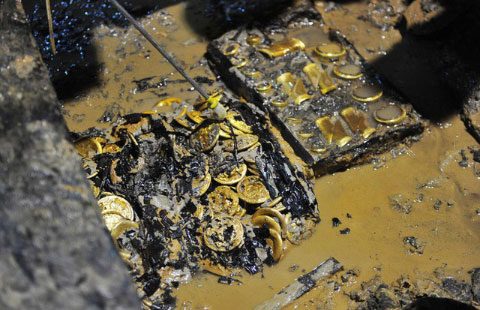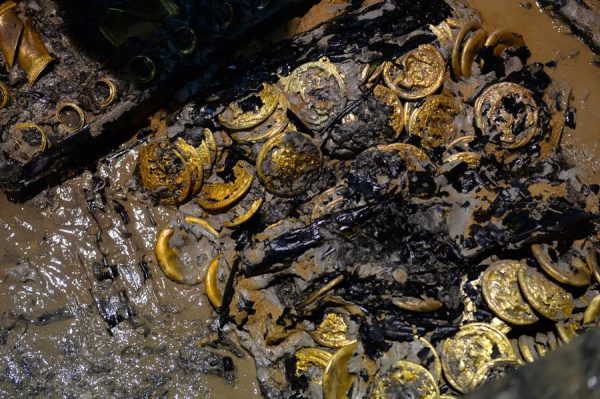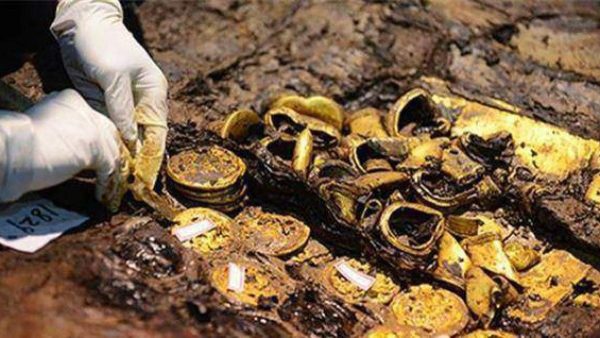The royal tombs of the Marquis of Haihun State Cemetery, dating back to the Western Han Dynasty (206 BC-AD 24), have yielded a treasure trove of valuable artifacts over the festive period.

Archaeologists working on the site in Jiangxi, an eastern Chinese province, unearthed significant quantities of gold, including gold plates measuring 23cm long, 10cm wide, and 0.3cm thick.

The main tomb at the site is believed to belong to Liu He, the grandson of Emperor Wu, who was given the title Haihunhou or Marquis of Haihun after being dethroned following a brief 27-day rule.

Other remarkable finds include Wuzhu bronze coins, jade, bronze and iron items, gold coins, hoof-shaped ingots, jade pendants, a distiller, horse-drawn vehicles, a board game, and 2,000-year-old bronze lamps shaped like geese.

These lamps were designed to contain water and help dispose of smoke inside the tomb. The royal tombs are considered the best-preserved of the Western Han Dynasty ever found in China, offering valuable insights into ancient Chinese history and culture.

The artifacts discovered, including the gold plates, provide a window into the opulence and craftsmanship of that era, and many of these items are now on display at the Jiangxi Provincial Museum in Nanchang.





